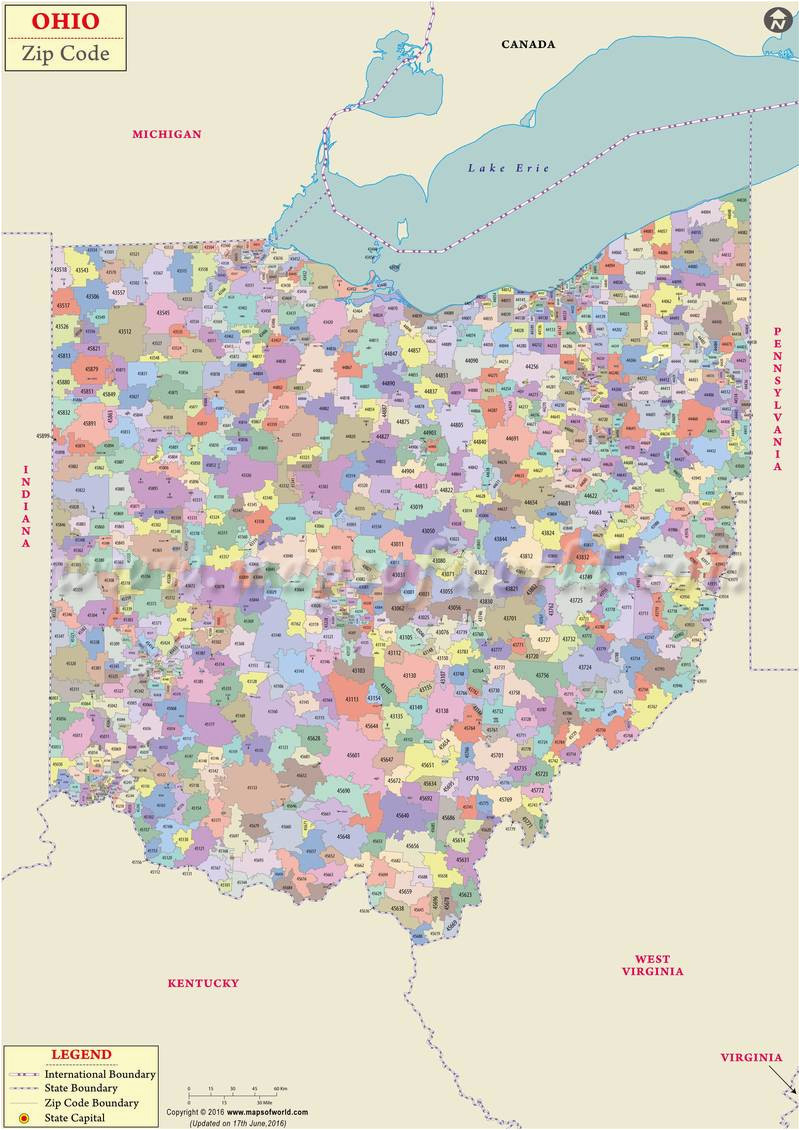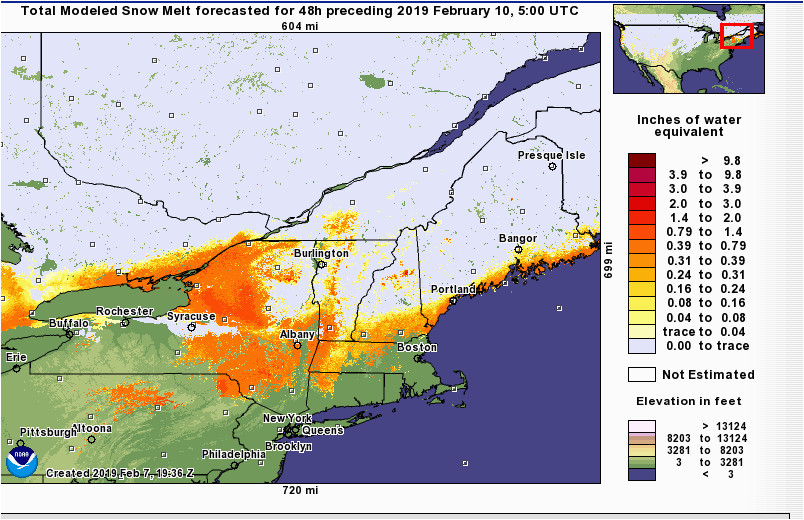Snow Emergency Levels In Franklin County Ohio: Your Ultimate Guide
Winter is coming, and if you live in Franklin County, Ohio, it’s time to get serious about snow emergencies. Snow emergency levels are more than just weather warnings—they’re your lifeline to staying safe during harsh winter conditions. Knowing what each level means and how to prepare can mean the difference between a smooth winter and a disaster waiting to happen.
So, buckle up, grab a cup of hot cocoa, and let’s dive into everything you need to know about snow emergency levels in Franklin County, Ohio. This isn’t just information—it’s survival gear for your brain.
From understanding the different levels to preparing your car and home, we’ve got you covered. By the end of this guide, you’ll be a snow emergency pro, ready to take on whatever Mother Nature throws your way. Let’s get started!
Read also:Nighttime Tv With Jynx Your Ultimate Guide To Latenight Entertainment
Table of Contents
- What Are Snow Emergency Levels?
- Franklin County Snow Emergency System
- A Brief Biography of Franklin County
- Level 1 Snow Emergency
- Level 2 Snow Emergency
- Level 3 Snow Emergency
- Preparing for a Snow Emergency
- Tips for Driving in Snow
- Snow Emergency Statistics
- Conclusion and Next Steps
What Are Snow Emergency Levels?
Snow emergency levels are basically a warning system used by local governments to alert residents about severe winter weather conditions. Think of it as a traffic light for snow. Franklin County, Ohio, has its own system that’s designed to keep everyone safe during heavy snowfall. It’s not just about shoveling your driveway; it’s about knowing when to stay off the roads and when to hunker down.
There are three main levels: Level 1, Level 2, and Level 3. Each level comes with specific instructions that you need to follow to ensure your safety and the safety of others. These levels are based on road conditions, snow accumulation, and overall weather severity. Knowing what each level means can help you make informed decisions during a snowstorm.
So, why is this important? Well, snow emergencies aren’t just about inconvenience; they’re about survival. If you’re caught unprepared, you could find yourself stranded in a blizzard or worse. But don’t worry—we’ve got all the info you need to stay safe and sound.
Franklin County Snow Emergency System
Franklin County has a pretty solid snow emergency system in place. They take snow seriously, and for good reason. With Columbus being the county seat, there’s a lot at stake when it comes to keeping roads clear and people safe. The county uses a three-tiered system to classify snow emergencies, and each level comes with its own set of rules.
Here’s how it works:
- Level 1: Roads are slippery, and travel is discouraged but not prohibited.
- Level 2: Only essential personnel should be on the roads. Everyone else should stay home.
- Level 3: All non-essential travel is prohibited. If you’re out and about, you could be fined or even arrested.
It’s not just about keeping people off the roads; it’s about making sure emergency vehicles can get where they need to go. Snow plows need space to clear the streets, and first responders need clear paths to reach those in need. It’s a team effort, and everyone has a role to play.
Read also:Wildwood Irish Weekend A Vibrant Celebration Of Irish Culture
A Brief Biography of Franklin County
Before we dive deeper into snow emergencies, let’s take a quick look at Franklin County itself. Established in 1803, Franklin County is located in central Ohio and is home to the state capital, Columbus. With a population of over 1.3 million people, it’s one of the most populous counties in the state.
Franklin County is known for its vibrant economy, diverse culture, and rich history. But when winter rolls around, it’s all about surviving the snow. The county’s snow emergency system is just one of the ways it ensures the safety and well-being of its residents.
| Fact | Detail |
|---|---|
| Population | 1.3 million+ |
| County Seat | Columbus |
| Founded | 1803 |
| Major Cities | Columbus, Dublin, Gahanna |
Level 1 Snow Emergency
Let’s start with the mildest of the three levels: Level 1. A Level 1 snow emergency means that road conditions are slippery, and travel is discouraged but not prohibited. This is basically Mother Nature’s way of saying, “Hey, take it easy out there.”
During a Level 1 snow emergency, you should:
- Reduce your speed and increase following distances.
- Only travel if absolutely necessary.
- Make sure your car is equipped with snow tires or chains.
Think of Level 1 as a gentle warning. It’s not the end of the world, but it’s a sign that things are about to get serious. Pay attention to road conditions and weather updates, and adjust your plans accordingly.
What Happens During a Level 1?
During a Level 1 snow emergency, snow plows will be out clearing the roads, but they might not be able to keep up with the snowfall. This means that even main roads could be slippery, and side streets might be completely snow-covered. It’s a good idea to stay off the roads if you can, but if you must travel, do so with caution.
Level 2 Snow Emergency
Now we’re getting into more serious territory. A Level 2 snow emergency means that only essential personnel should be on the roads. If you’re not a first responder, snow plow operator, or someone else with a critical job, you should stay home.
During a Level 2 snow emergency, you should:
- Stay off the roads unless absolutely necessary.
- Check in on elderly or vulnerable neighbors.
- Stock up on essentials like food, water, and medications.
This is when things start to get tricky. Snow plows and emergency vehicles need clear access to the roads, so having unnecessary traffic can make things worse. If you’re caught driving during a Level 2, you could face fines or other penalties.
Why is Level 2 So Serious?
Level 2 snow emergencies are serious because they indicate that road conditions are hazardous. Snowfall is heavy, visibility is low, and travel is dangerous. This is when you need to trust the experts and stay put. It’s not worth risking your life or the lives of others just to run errands.
Level 3 Snow Emergency
Level 3 is the big one. A Level 3 snow emergency means that all non-essential travel is prohibited. If you’re out and about during a Level 3, you could be fined or even arrested. This is serious business, folks.
During a Level 3 snow emergency, you should:
- Stay home and off the roads.
- Have an emergency kit ready with essentials like food, water, and blankets.
- Keep your phone charged and ready for emergencies.
This is when you need to hunker down and wait out the storm. Snow plows will be working overtime to clear the roads, but it could take hours—or even days—before things return to normal. Be patient, stay safe, and trust the process.
What Happens During a Level 3?
During a Level 3 snow emergency, roads are impassable, and travel is extremely dangerous. Snowfall is heavy, winds are strong, and visibility is near zero. This is when you need to rely on your emergency preparedness and trust that help is on the way.
Preparing for a Snow Emergency
Preparation is key when it comes to snow emergencies. Whether it’s Level 1, 2, or 3, being prepared can make all the difference. Here are some tips to help you get ready:
- Stock up on non-perishable food, water, and medications.
- Make sure your car is equipped with snow tires or chains.
- Keep a winter survival kit in your car, including blankets, flashlights, and snacks.
- Stay informed by checking local news and weather updates.
Preparation isn’t just about supplies; it’s about mindset. Knowing what to expect and how to react can help you stay calm and focused during a snow emergency.
Tips for Driving in Snow
If you absolutely must drive during a snow emergency, here are some tips to help you stay safe:
- Drive slowly and increase following distances.
- Avoid sudden stops or turns.
- Use snow tires or chains if necessary.
- Keep an emergency kit in your car.
Driving in snow is no joke, but with the right preparation and mindset, you can make it through safely. Just remember: if you don’t have to drive, don’t.
Snow Emergency Statistics
Here are some interesting statistics about snow emergencies in Franklin County:
- Franklin County averages 20 inches of snow per year.
- Level 3 snow emergencies are declared about once every five years.
- Winter weather causes an average of 1,300 fatalities and 116,800 injuries in the U.S. each year.
These numbers highlight the importance of being prepared for snow emergencies. It’s not just about convenience; it’s about safety.
Conclusion and Next Steps
So, there you have it—your ultimate guide to snow emergency levels in Franklin County, Ohio. Whether it’s Level 1, 2, or 3, knowing what to expect and how to prepare can help you stay safe and sound during even the worst winter weather.
Here’s a quick recap:
- Level 1: Roads are slippery, but travel is discouraged.
- Level 2: Only essential personnel should be on the roads.
- Level 3: All non-essential travel is prohibited.
Remember to stay informed, stay prepared, and stay safe. And if you found this guide helpful, don’t forget to share it with your friends and family. Winter may be harsh, but with the right info, we can all make it through together.
Got questions or comments? Drop them below, and let’s keep the conversation going!


